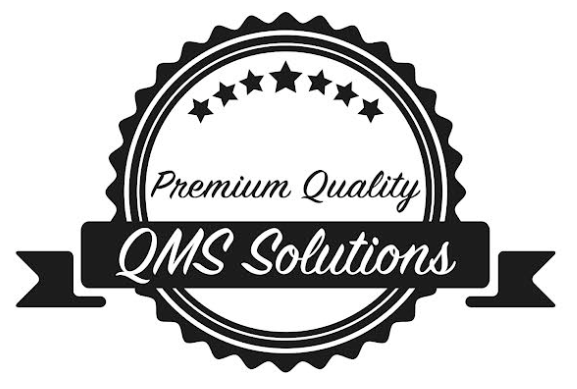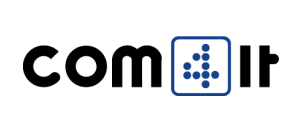How to? - Objective quality control.
Knowledge base
Quality control helping to improve quality of the product must be objective. If quality control process allows a subjective possibility of assessment, we automatically increase the risk that individual batches of the product will be different from each other and their quality will depend on the person performing the control and not on the requirements and assumptions posed to our product. So how do you build an objective quality control scenario?
In our previous entry we described how to build a good quality control scenario. Now, to add more to that entry, we will explain how to build a list of possible grades and the questions themselves in such an audit scenario.
Objective answers = objective question.
If we expect quality controller to be able to make an objective assessment, we must properly ask a question that has to be answered.
If the person performing the control in individual control steps will be able to make their own interpretation, this weakens the effectiveness of the control. The question asked to the controller must therefore be maximally unambiguous and be free of interpretation.
Example:
Is the packaging compliant with the standard? - such a question should theoretically result in a YES or NO answer. Unfortunately, in this question the concept of STANDARD means that at the time of the check, the person making the assessment remembers the training and the materials presented there. STANDARD is a set of requirements and it is difficult to clearly and reliably determine in one step whether what we have in front of our eyes meets or does not meet these requirements.
The recommended solution is to prepare a few questions with photographic documentation, which will help you unambiguously assess that what we have before our eyes is like the product in the picture. Therefore, if instead of one question we add 4 questions regarding each page of the packaging and attach a photo to each question, we will receive 4 reliable and unambiguous YES or NO answers.
Yes or No? - the world is not black and white.
If we approached each assessment in a zero-one way, it would quickly turn out that most of our products do not pass quality control successfully. This is due to many reasons, that's why the AQL (ACCEPTANCE QUALITY LEVEL) standard was created, which helps to prepare the classification of responses for quality control. AQL is an Acceptable Quality Level which, in a nutshell, gives the opportunity to evaluate at 3 levels a deviation or defect in the rated product:
Minor flaw - a flaw that does not change the usability of our product, does not change its perception, suitability, the product meets the expectations of the consumer, the product meets the requirements of its STANDARD but ... At production stage, it is almost impossible to produce many exactly identical copies of the product. This is simply due to many technical factors: the color depends on the calibration of the printing machine and at the beginning and end of the printing will have slight differences in color, the cutting machine due to the slow blunting and abrasion of the cutting blade will perform cutting of different width. Therefore, a margin of deviation from the standard is introduced, which is defined, for example, as a percentage deviation of individual parameters, for example, a range of color is set in the form of a template, which presents accepted shades, the width of the product is acceptable if it is +/- 0.5% of the standard etc. Therefore, a slight flaw is one that falls under the AQL in the margin of the standard.
Major flaw - the product simply does not meet the usability of our product, deviation of parameters goes beyond the margin determined according to AQL. Such a product cannot be sold.
Critical defect - a defect that causes the potential use of the product to endanger the life and health of the consumer or user.
If we have a defect classification we have to introduce it to our questions. T icmInspector system will provide the opportunity to build questions with photo documentation. Thanks to this functionality, the question and answer list will be as objective as possible. Returning to our example, the question "Is the packaging in accordance with standard?" in icmInspector system we create several questions:
- Does the front of the packaging look like the one in the picture? - the photo contains, for example, 3 variants of the front side of the packaging, starting from the extreme (minus) acceptable deviation, reference product and extreme (+) acceptable deviation. To this with the help of hints we add a description explaining what each of the potential answers means: YES, Minor, Main, Critical Flaw.
- Does the left side of the packaging look like the one shown in the picture? We repeat the specification as for the previous question.
- Does the right side of the packaging look like the one shown in the picture? We repeat the specification as for the previous question.
- Does the back of the packaging look like the one shown in the picture? We repeat the specification as for the previous question.
If we have already built our ideal checklist, go to the next step of the quality control process, i.e. the analysis of collected data, which consists of data aggregation, verification and evaluation of results, launching corrective actions. We will write about all this in the next entries.














